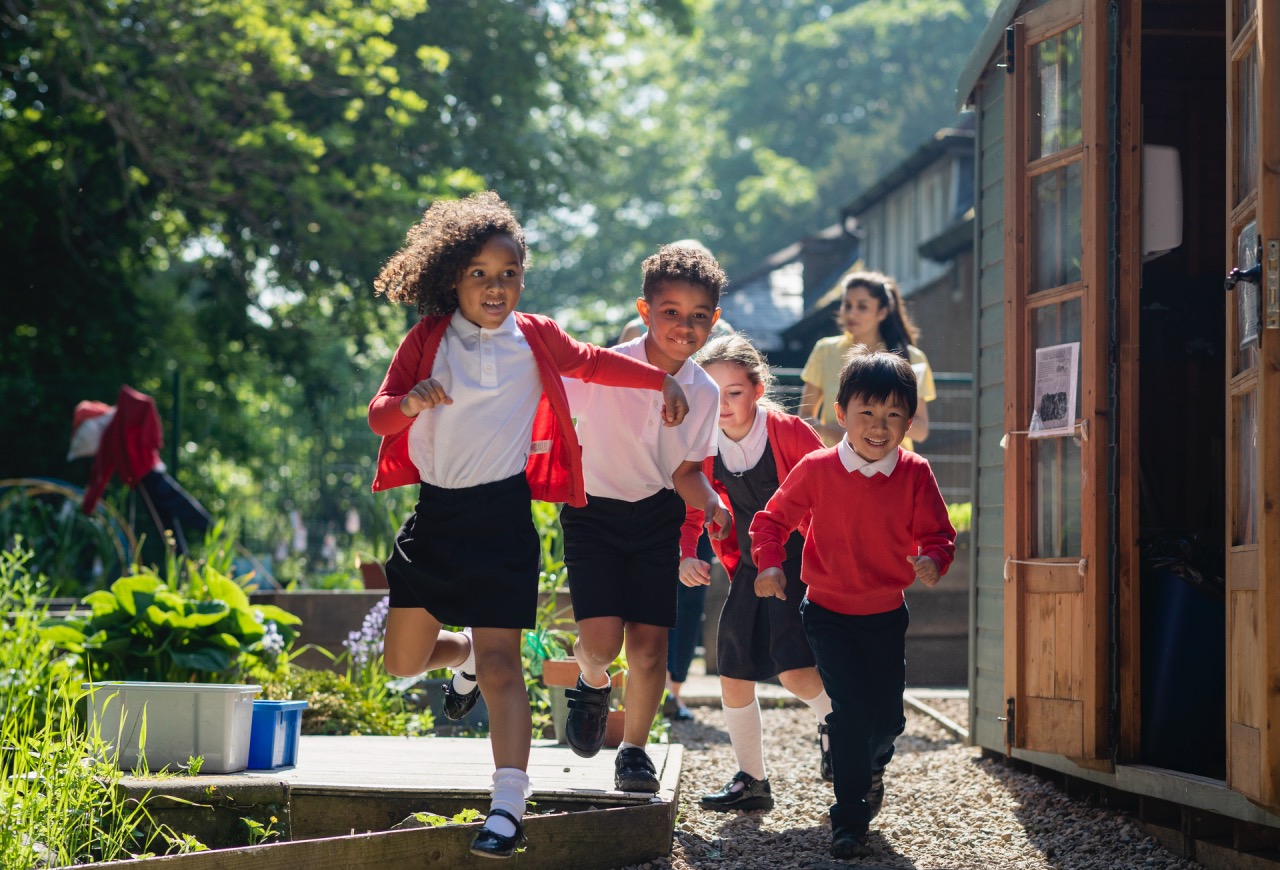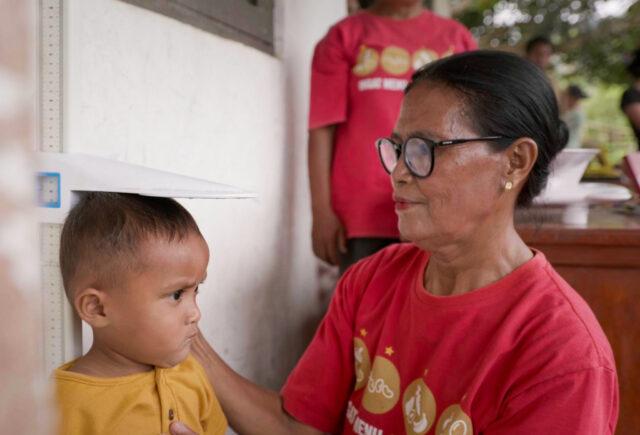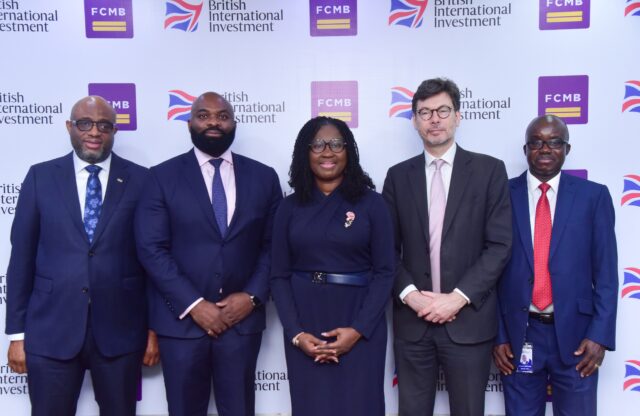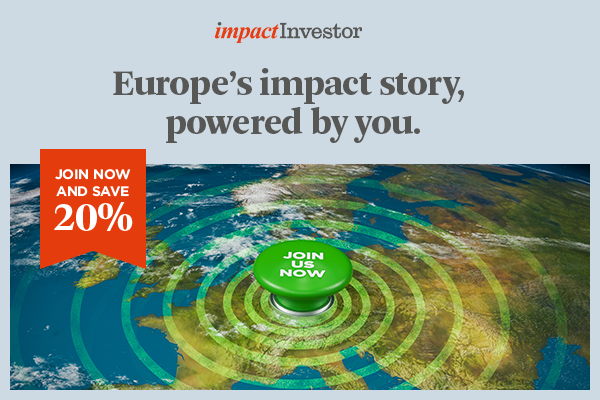A new initiative is seeking to push child-lens investing up the agenda for investors. We talk to Hughie Stanley, programme manager at the Impact Investing Institute, about its goals.

A collaboration between the UK-based Impact Investing Institute and children’s charity Save the Children is seeking to swell growing interest among impact investors in child-lens investing (CLI) and understand how to overcome the barriers faced by this relatively new focus.
In early 2025, the two institutions kicked off a year-long project to assess to boost child-lens investing, a type of investment intended to focus on the specific needs of the children that make almost a third of the global population than other existing forms of social investing.
CLI is an approach through which investors intentionally consider child-related factors to advance positive child outcomes while also minimising child harm. It can cover a range of themes from better healthcare access and education, to child labour in company supply chains across the world.
During the year, the partners are holding consultations with their extensive combined network of contacts in the investment industry and other stakeholder groups to build a clearer picture of how CLI could be driven higher up the agenda for investors. The project is due to finish next April, at which point, they plan to publish findings and decide how to take the work forward most effectively.
Improving outcomes for children
The case for investors to support initiatives that directly impact children looks strong. For example, UNICEF cites research suggesting that every dollar invested in early childhood education generates a return of up to $17 (€14) in terms of benefits to society.
Hughie Stanley, programme manager at the Impact Investing Institute, told Impact Investor that the response to the project, which includes a series of investor meetings throughout the year, had been enthusiastic.

“We are seeing a lot of appetite, particularly from asset owners with missions to grant towards benefiting children, education, health outcomes, and so on,” he said.
The collaboration combines the Impact Investing Institute’s reach in terms of its network in the UK, Europe and beyond, with Save the Children’s experience and technical expertise in improving children’s lives and structuring funding to do so effectively. The programme also benefits from coordination with UNICEF.
Mobilising capital
Stanley said a major aim of the project is to inspire new allocations from global investors to join the development finance institutions, investment managers and social and impact investors, foundations and family offices already taking part. Some of those already deploying capital include Triodos Investment Management, QBE and Calvert Impact.
This mobilisation work builds on earlier engagement with stakeholders and lessons learned from the Impact Investing Institute’s Just Transition Finance Challenge, launched in 2023, which has sought to address barriers to investment in climate opportunities that centre social outcomes. That initiative is now supported by a cohort of more than 27 asset managers representing just over $6trn in assets under management, including Bridges Fund Management, British International Investment, Fidelity International, responsAbility, Schroders and Scottish Widows.
The project also benefits from the growing expertise of Save the Children’s impact investing arm as an asset owner crowding in investors to child-focused investments. Paul Ronalds, chief executive of Save the Children Global Ventures (SCGV), told Impact Investor last year about SCGV’s development and hopes for its child-lens investment programme.
Examples of investment from SCGV’s investment portfolio across its funds include companies such as VIEBEG, which provides healthcare products at an affordable price, benefiting children in Rwanda, Kenya and the Democratic Republic of Congo, as well as Zeraki Analytics, which uses phone-based technology to help teachers in developing countries analyse academic data more effectively.
Investor appetite
Engagement so far in the current project has illustrated the challenges involved in educating investors on child-lens investing.
“You would struggle to find someone who didn’t agree that children need support, of course. But like a lot of other impact investment approaches, the same questions come up such as: what are the best structures? What is the most appropriate asset class? Does it play across them all? People also want to know what is already out there, what is proven, what scales, and what good looks like in terms of measuring and managing,” Stanley said.
Such questions highlight the complexity of such investments, but they also show that investors are prepared to engage more closely with the idea of child-lens investing, he said.
In the UK, child-lens investing has also received a boost from the recent launch by the UK government of the ten-year £500m (€576m) Better Futures Fund to pay for social outcomes that improve conditions and create opportunities for vulnerable children and young people. Stanley noted this is one of the first recommendations emerging from the UK’s Social Impact Investment Advisory Group, which the institute is actively supports.
He said that initiatives like the Better Futures Fund help create positive examples of what child-lens investing can deliver and that the government move showed there was active interest in driving investment that centres on children’s outcomes across the private and public sectors and civil society.






